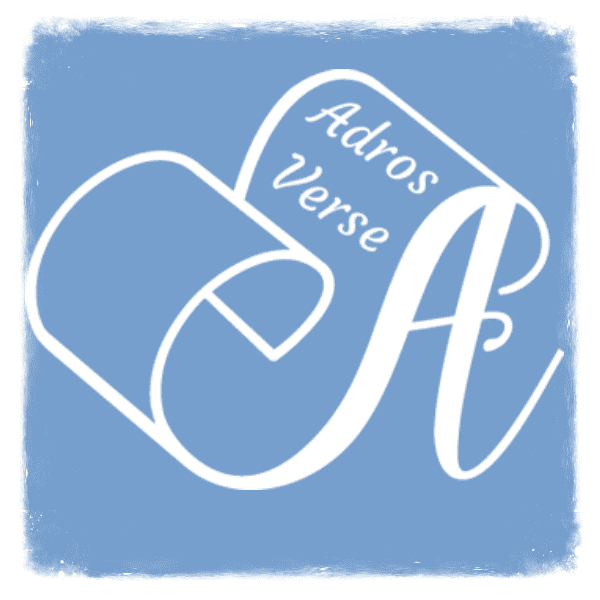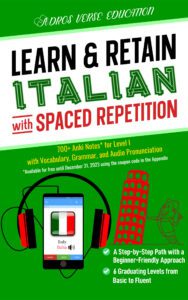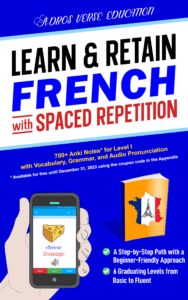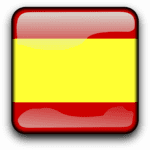In Modern Standard Arabic (MSA), there are general rules to determine which syllable of a word is stressed. In this lesson, we discuss theses rules as well as examples to apply syllable stress in Arabic words.
Word Spelling
To spell a word in Arabic, you must recognize its consonants and vowels, then write them separately. Here are some examples:

Syllable Stress in Arabic
We have seen that the three long vowels are prolonged versions of the three corresponding short vowels. Thus, syllables with long vowels (long syllables) are stressed more than the syllables with short vowels (short syllables).
For example, we can break a word like مُـحـاوَلات (muḥāwalāt) ‘attempts’ into four syllables: /mu/, /ḥā/, /wa/, and /lāt/. The word has two short syllables: /mu/ and /wa/, and two long syllables: /ḥā/ and /lāt/.
In most varieties of spoken Arabic, there are regional differences that determine which syllable of a word is stressed. However, in Standard Arabic, the following two rules are generally followed:
1. If the word contains one or more long syllables, the stress falls on the long syllable closest to the end of the word.
2. If the word contains no long syllables and all syllables are short, the stress falls on the third-to-last syllable. If the word containsfewer than four syllables, the stress falls on the first syllable.
Let us start with the first rule. Below are some examples of words that contain one or more long syllables, with the stressed syllable in bold:
| كِـتاب | ki-tāb | book | The first long syllable from the end is /tāb/. |
| مُـحـاوَلات | mu-ḥā-wa-lāt | attempts | The first long syllable from the end is /lāt/. |
| مُـسـاعَـدَة | mu-sā-‘a-dah | help | The first long syllable from the end is /sā/. |
| مُـسـاعَـدَتُـهُـم | mu-sā-‘a-da-tu-hum | their help | The first long syllable from the end is /sā/. |
On the other hand, words that contain only short syllables follow the second rule. Words with fewer than four syllables stress the first syllable. Below are some examples of words that contain only short syllables:
| مَـسْـجِـد | mas-jid | mosque | The word has fewer than four syllables, so we stress the first syllable: /mas/. |
| الــقَــمَــر | al-qa-mar | moon | The word has fewer than four syllables, so we stress the first syllable: /qa/.* |
| مُـسْـتَـقْـبَـل | mus-taq-bal | future | The word has fewer than four syllables, so we stress the first syllable: /mus/. |
| اِسْـتَـقْــبَــلَـهُـم | is-taq-ba-la-hum | he received them | The third-to-last syllable is /ba/. |
* Notice that we do not count the definite article الـ (al) ‘the’ as a syllable.
These are general rules, which may vary with regional dialects and accents. Therefore, practicing these rules is recommended, but do not worry if slight deviations occur.
ﷲ (Allāh) Ligature in Arabic
The Arabic word for God is الـلّـٰـه (Allāh), which is believed to be a contraction of the definite article الْـ (al) ‘the’ followed by the word for a god, إِلـٰــه (’ilāh). The resulting word, الْإِلـٰــه (al-’ilāh) ‘the god,’ is believed to be the source of the word الـلّـٰـه (Allāh) ‘God.’
The word الـلّـٰـه (Allāh) is used by both Muslim and non-Muslim Arabs, as well as many non-Arab Muslims around the globe. Cognates of the word الـلّـٰـه (Allāh) exist in other Semitic languages, such as Aramaic (’Ĕlāhā), Syriac (’Alāhā), and Hebrew (ʾĔlōah).
The Arabic letter ل (lām) ‘l’ represents a light “l” sound, pronounced with the tip of the tongue gently touching the alveolar ridge (just behind the upper teeth). However, in الـلّـٰـه (Allāh), the ل (lām) ‘l’ is uniquely pronounced with a stronger, more emphatic sound, closer to the English “l.” Additionally, the ‘long ā’ vowel is pronounced with an open, broad sound, resembling the “a” in “father.”
Notice the short vertical stroke ـــٰــ above the letter ل (lām) ‘l’ in words like إِلـٰــه (’ilāh) ‘god’ and الـلّـٰـه (Allāh) ‘God.’ This stroke is called أَلِـف خِـنْـجَـرِيَّـة (’alif khinjariyyah) ‘dagger ’alif,’ and it indicates a ‘long ā’ vowel.

Arabic calligraphy of the word (Allāh) ‘God’
In the Quran, the use of the dagger ’alif is more common. Nevertheless, there are only a few other words in Standard Arabic that use the dagger ’alif, which is often omitted in writing. Most people recognize that these few words contain a ‘long ā’ vowel. Here are some common examples:
| هـٰـذا hādhā this (m. sing.) | هـٰـذِهِ hādhih(i) this (f. sing.) | لـٰـكِـن lākin but | *الـرَّحْـمـٰـن ar-raḥmān The Most Merciful |
* One of the names of God
Next: The Definite Article in Arabic
Back to: Open-T vs. Tied-T in Arabic
Other lessons in Level I:









